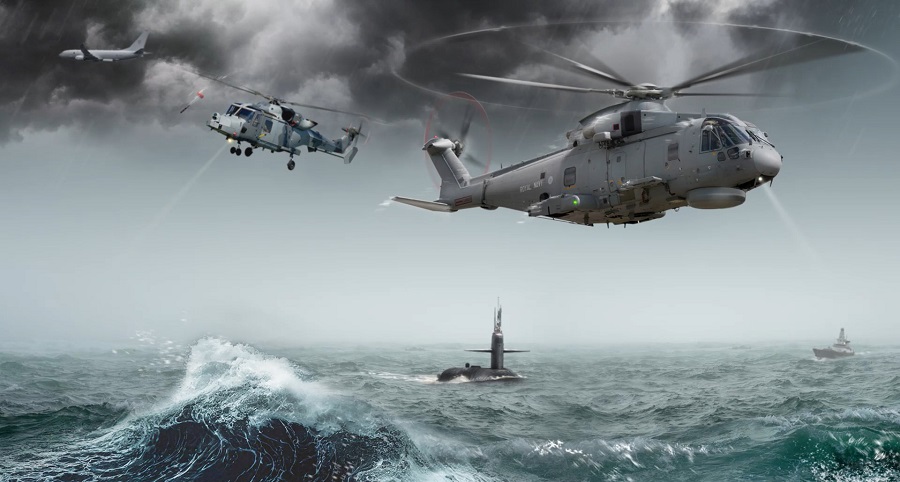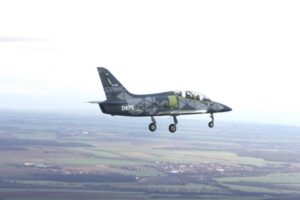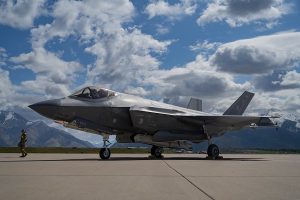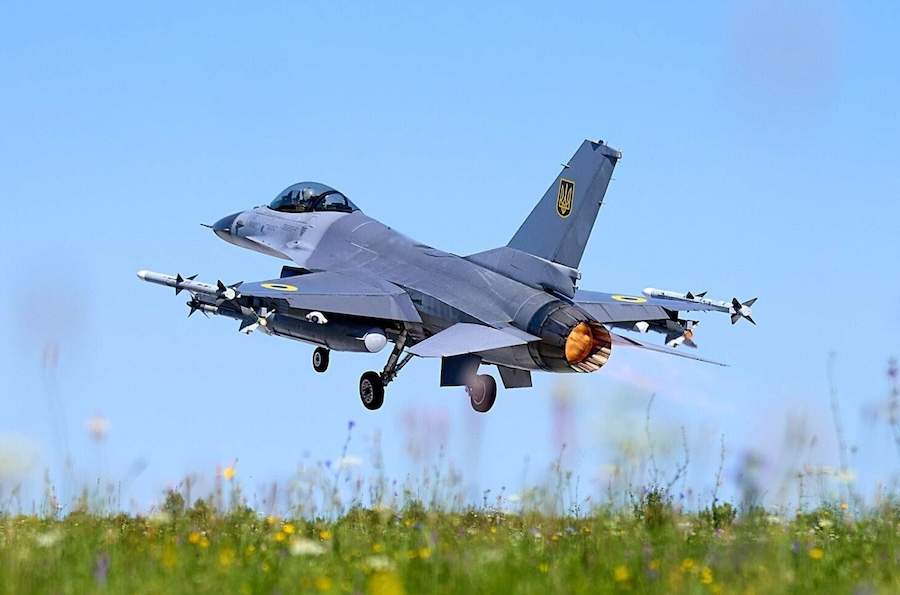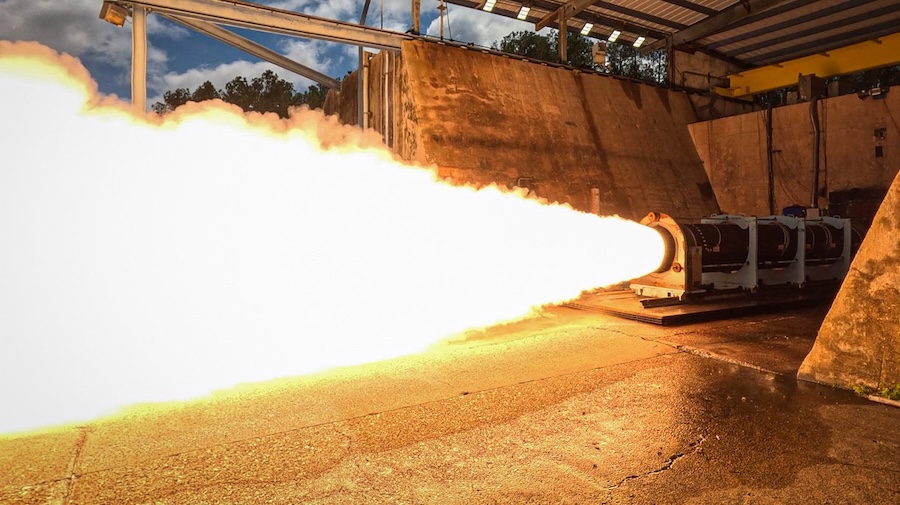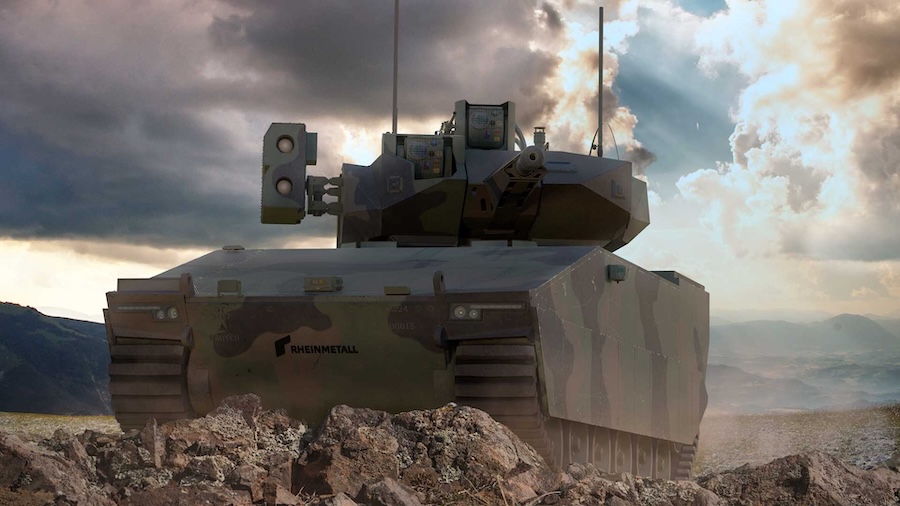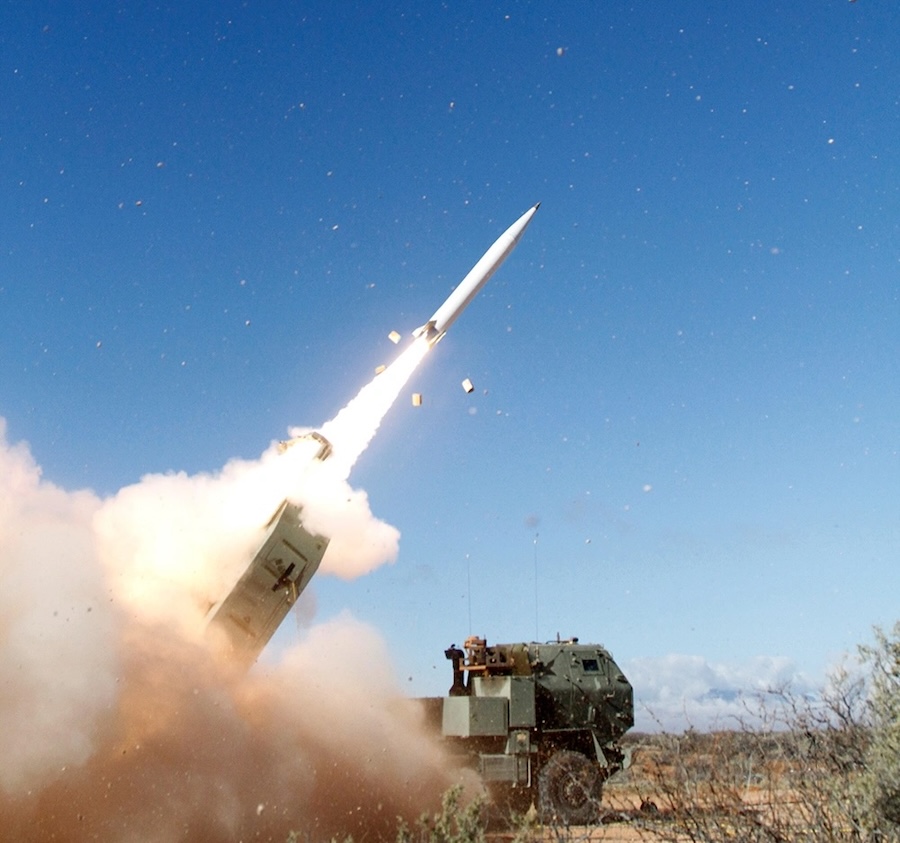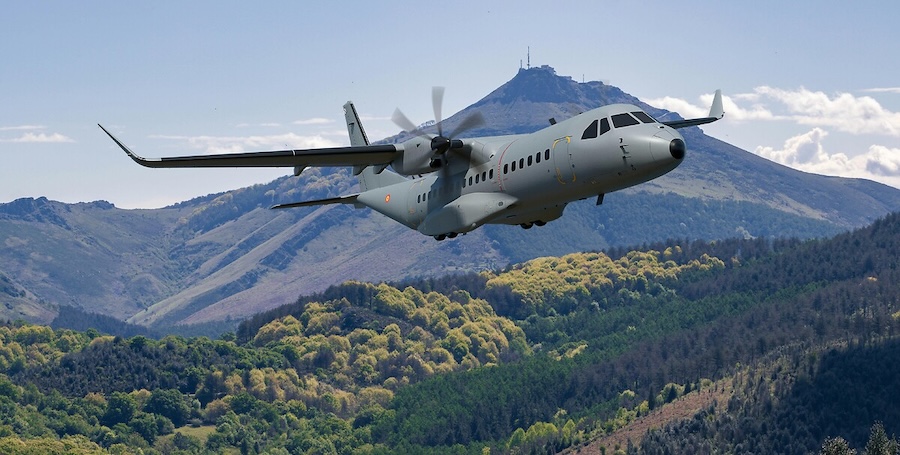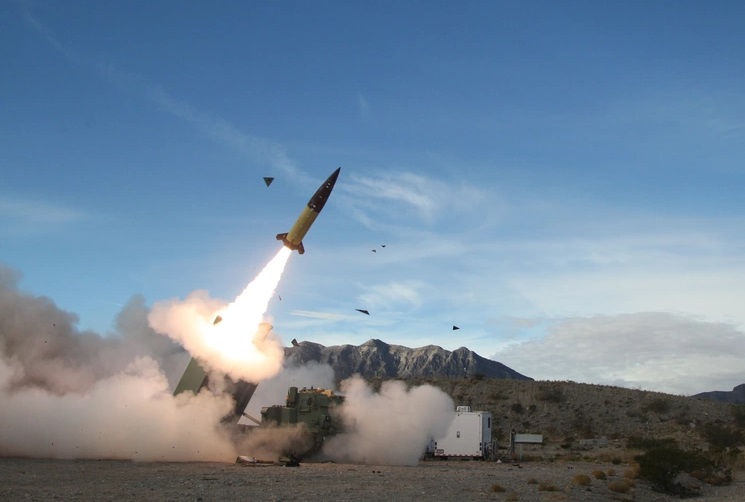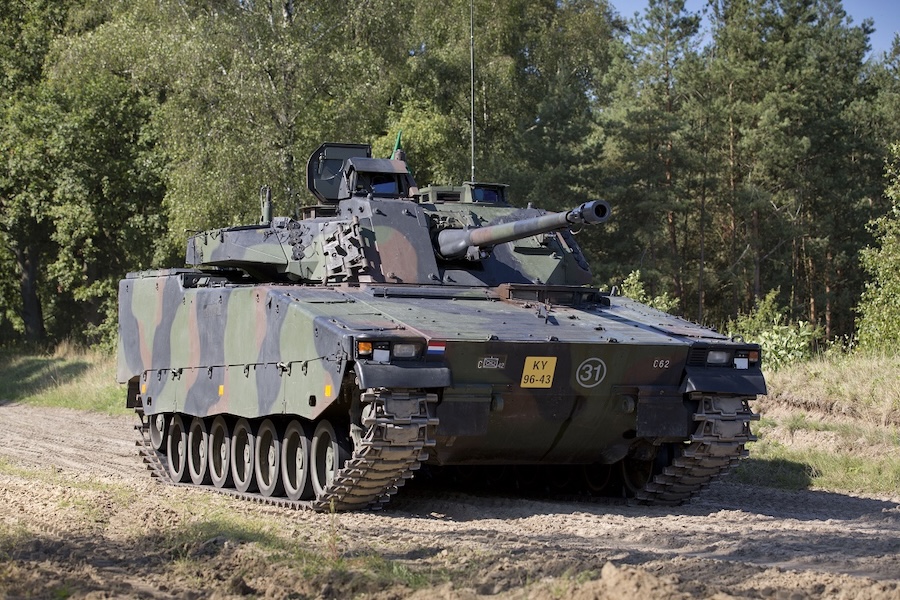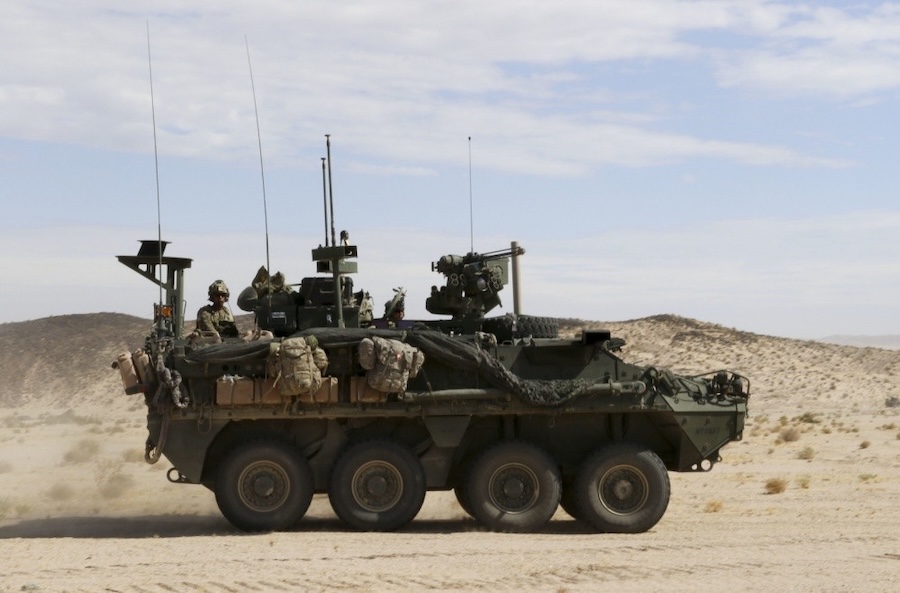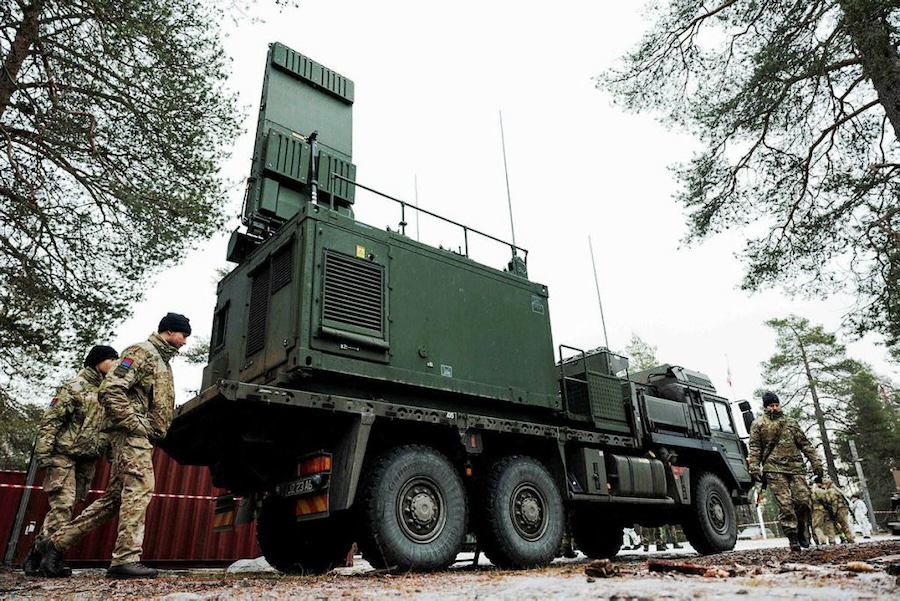The contract, named the Future ISTAR (Intelligence, Surveillance, Target Acquisition and Reconnaissance) and Rear Crew Training System (FIRCTS), represents ongoing investment by Ascent in the economies of Cornwall, Lincolnshire, and Bristol. The project will quadruple the number of mission aircrew trainees to 140 per year for the Royal Navy and RAF, addressing the growing ISTAR and UAS demands on the military frontline.
Since its inception, Ascent has invested £217m in Rear Crew Training in Cornwall and £420m in Elementary Flying Training and Multi-Engine Pilot Training in Lincolnshire. FIRCTS will modernise RNAS Culdrose and RAF Cranwell with new operational support buildings provided by Babcock International, while Ascent’s Bristol team will develop bespoke courseware.
State-of-the-art training technologies will be integrated into FIRCTS, including high-fidelity synthetic environments and mission simulators from Lockheed Martin. Draken will support the upgraded fleet of Textron King Air 350E Avenger aircraft, enhancing both ground-based and airborne training.
Minister for Defence Procurement and Industry, Rt Hon Maria Eagle MP, praised the investment, saying: “This significant investment represents important progress in preparing our Royal Navy and Royal Air Force personnel for the challenges of modern warfare.” She highlighted the project’s dual benefit of maintaining military readiness and bolstering local economies.
Tim James, Managing Director of Ascent, expressed pride in the contract, stating: “We are so proud to once again be trusted by our UK MOD customers to deliver this innovative training solution across our operations sites in Cornwall and Lincolnshire, directly benefiting our local communities and delivering a critical capability for the UK Armed Forces.”
Captain Polly Hatchard, UKMFTS Team Leader, emphasised the importance of FIRCTS: “The Future ISTAR and Rear Crew Training System is a capability which will ensure the UK is at the forefront of providing world-class air power operational capability.” Hatchard noted that the system will help aircrew exploit the electro-magnetic spectrum and support decision-making in complex battle environments.
Air Commodore Rob Caine, Head of Flying Training, highlighted the system’s potential: “The introduction of the Future ISTAR and Rear Crew Training System will ensure that we can safely deliver world-class personnel to the front-line to operate in vital roles on our latest aircraft platforms including Poseidon, Rivet Joint and Wedgetail.”
The training programme will combine e-learning, high-fidelity synthetic simulations, and live airborne events to maximise trainee proficiency and knowledge retention. Approximately 85% of the training will take place in classrooms or using digital simulators, enhancing cost-effectiveness and reducing carbon footprints.
Lockheed Martin’s Emlyn Taylor remarked on the evolving nature of the training solution: “The Lockheed Martin FIRCTS solution provides an impressive Rear Crew and UAS training capability, but this is just the foundation. Through spiral development, this solution will evolve to meet operational demands of the future.”
Chloe Barker, Managing Director for Babcock’s UK Aviation business, reiterated Babcock’s role in delivering key infrastructure, while Simon Tate, Managing Director of Draken UK, praised the continuity of training support: “We have been providing critical support to the Rear Crew Training delivered to all three UK armed forces for more than 20 years and now, thanks to this investment, we can continue to celebrate our partnerships with the installation and delivery of a new Airborne Mission Trainer.”
The new training system is expected to become operational in 2027, ensuring that newly skilled operators are ready to engage with emerging technologies and modern aircraft platforms.
Source: Ascent Fligh Training.



